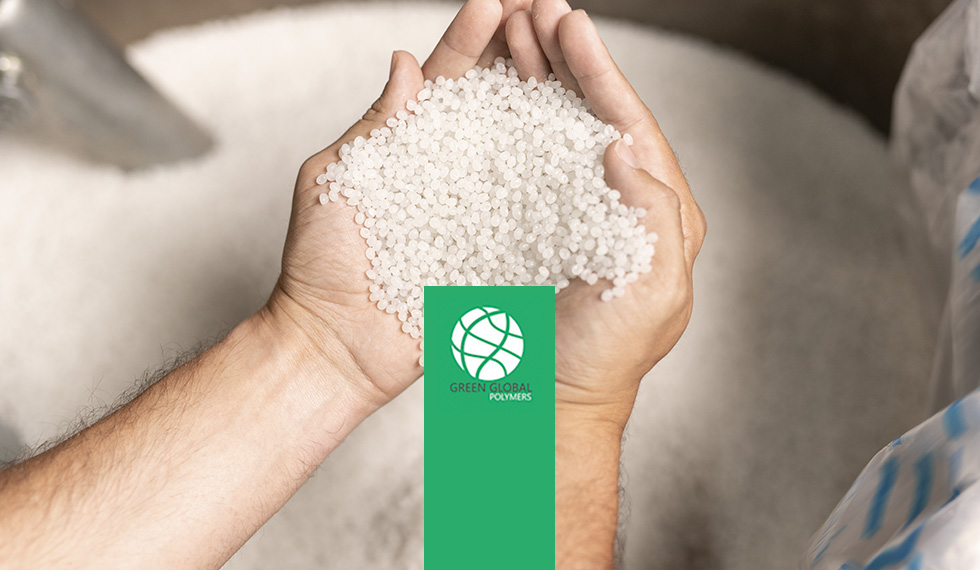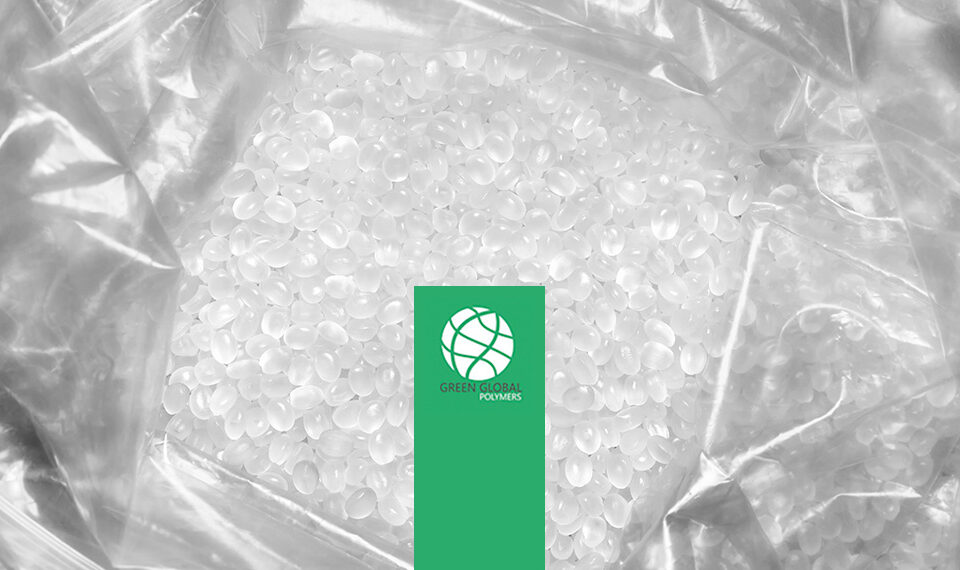Proceso tecnológico del plástico

Green Global Polymers es una empresa que se encarga de la comercialización, reciclaje y recuperación de materiales plásticos. A día de hoy es uno de los desafíos que todos tenemos que superar y por tanto debemos actuar y desarrollar una solución inmediata entre todos. Con la ayuda de expertos se pretende concienciar al ciudadano del peligro que tiene un producto tan sencillo como el del plástico.
Es muy importante para conseguir un medio ambiente más sostenible saber sobre el plástico y sus procesos de reciclado. En Green Global Polymers surge una filosofía donde el objetivo es darle una nueva vida a ese plástico sobrante.
De esta idea nace un proceso diseñado totalmente por la empresa que se ocupa de reciclar el plástico y obtener dos productos: el plástico triturado y las granzas de plástico. Estas granzas nos permitirán mediante un proceso obtener nuevas cosas.
En el proceso de fabricación de estos nuevos platicos es necesario disponer de la materia prima que es la granza, cumple el papel de molécula aportando la reacción química. A las granzas se le adhieren las cargas, su función es abaratar el coste de producto final y mejorar las propiedades. Con el objetivo de conseguir unas propiedades determinadas como reducir la fricción, aumentar la conductividad eléctrica o colorear el producto se aplican unos aditivos. Todo esto va acompañado de un catalizador que se encarga de iniciar y acelerar el proceso de la reacción química.
Existen varios procesos para el conformado de los plásticos
Extrusión
La granza se deposita en un embudo de alimentación y es empujado mediante un tornillo sin fin. Es esencial que la temperatura sea la adecuada para que la granza se convierta en líquido. Con los termoplásticos se emplea un proceso continuo mediante una bobinadora que enrolla el material acabado. Este procedimiento se emplea para recubrir de PVC los cables eléctricos.
Calandrado
Su proceso se basa en hacer pasar el material precalentado entre una sucesión de rodillos que giran en sentido contrario para obtener láminas, una vez ha pasado esta primera fase el material debe de ser congelado y recogido en bobinas. También se pueden someter a este proceso los termoplásticos. Mediante este proceso se obtienen lonas, suelos linóleo,…
Termoconformado
A partir de láminas rígidas se obtienen las piezas siempre que se adecuen con el espesor correcto. El proceso consiste en aumentar la temperatura y ablandarlas, mediante la aplicación de técnicas como la presión o vacío, se logra que la plancha se ajuste a las paredes del molde. Una vez conseguido esto y se enfría la pieza, procederemos a extraerla. De este proceso se obtienen piezas como los embalajes de las cajas de huevos.
Moldeo por compresión
En este proceso se emplean moldes compuestos por la hembra, donde se posa la dosis de gránulos y el macho, que viene a ser el cierre del molde. A través de una prensa se aplasta y se aumenta la temperatura, de esta forma el material fluye y adquiere la forma del molde. Posteriormente se debe enfriar, abrir la matriz y desmoldar la pieza.
Moldeo por transferencia
Su proceso también se lleva a cabo mediante moldes. El material debe estar en estado pastoso para fluir hacia el interior del molde. Es un proceso asequible y rápido. Se utiliza para la elaboración de piezas grandes.
Moldeo centrífugo
En este proceso se filtra el material fundido y se voltea en el molde con la fuera centrifuga apropiada, dicha fuerza empuja el plástico en torno a las paredes del molde mientras adquiere su forma. Posteriormente se enfría y se separa la pieza del molde.
Moldeo por inyección
Es similar al proceso de extrusión, aparte de girar el husillo realiza un desplazamiento axial. En este proceso una vez el molde está completo se aparta de la boquilla de la máquina y se deja enfriar para así desmoldarlo. Se precisan presiones y temperaturas altas.
Moldeo por extrusión-soplado
En este proceso un tubo se encaja a un molde con la forma deseada del envase soplando aire a presión. Esta presión es la que hace que el plástico dilate y forre las dimensiones del molde adquiriendo su forma. Se usa para abrir envases y recipientes.
Espumación
Consiste en filtrar burbujas de aire mediante agitación en el plástico por insuflado o introduciendo gas espumante, con ello se consigue fijar la masa cuando solidifique. Su consecuencia es una reducción de la densidad. De ahí se obtienen esponjas, contenedores de alimentos o embalajes.
Con estos métodos se consigue preservar y reutilizar el plástico. De esta forma Green Global Polymers da un paso más con el objetivo de salvar el planeta de la contaminación. Aportar tu granito de arena es más fácil de lo que piensas, piensa en GREEN.



